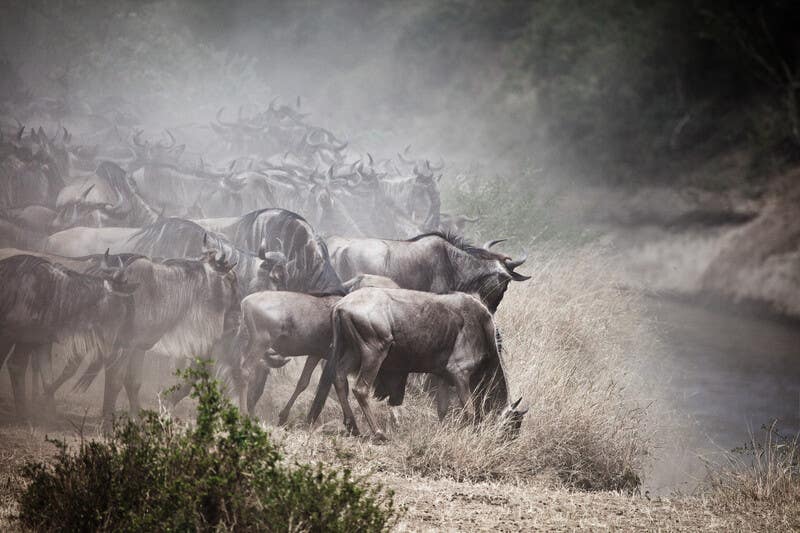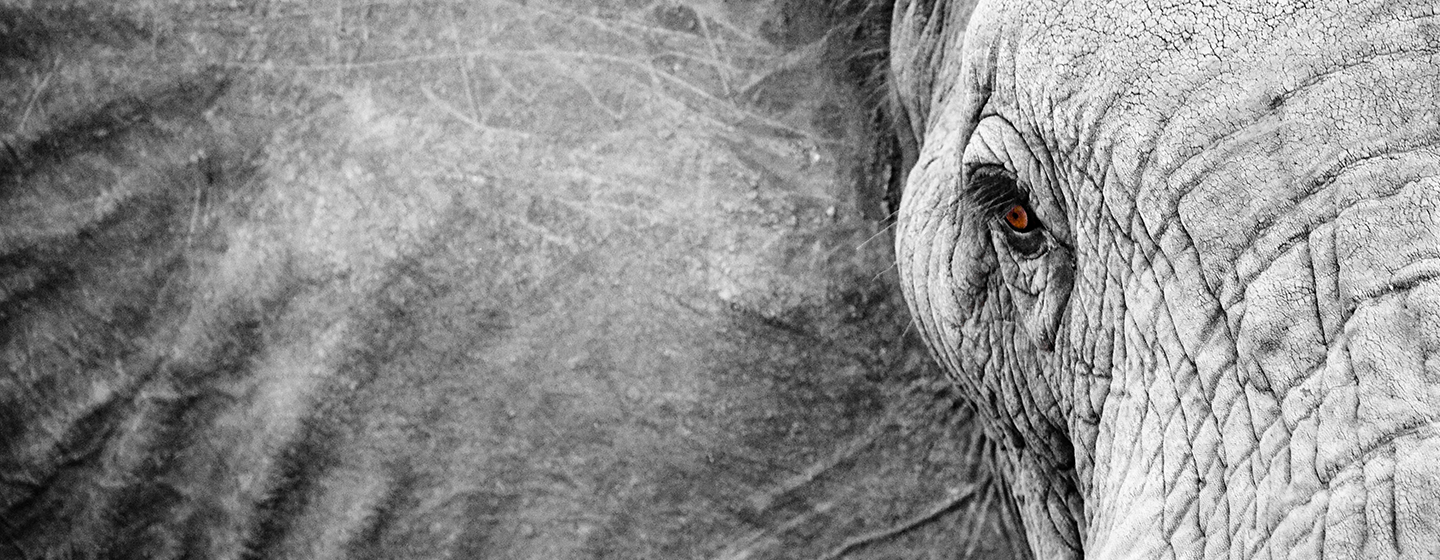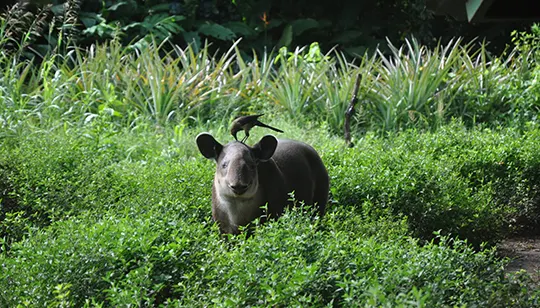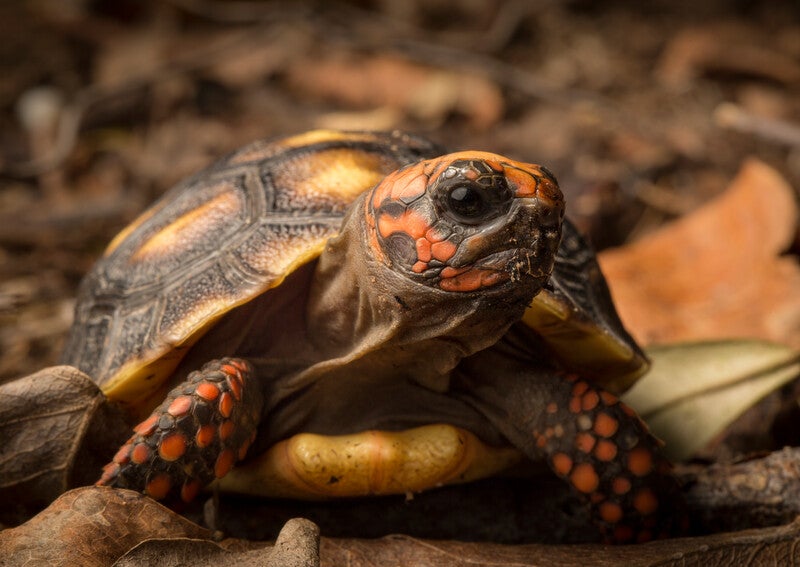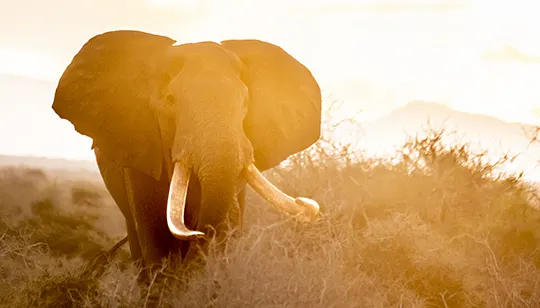Wildlife and the Carbon Cycle
“Conservation of wildlife — allowing species to play their functional roles in ecosystems — offers untapped potential as a solution to climate change.”
– Andrew Tilker, Re:wild Species Conservation Coordinator
What do animals have to do with the carbon cycle?
Everything. Animals help sequester carbon.
An ecosystem teeming with life and biodiversity sequesters more carbon than an ecosystem without animals because animals support the processes that help keep ecosystems healthy and resilient — from the growth of new trees and plants to the prevention of forest fires.
